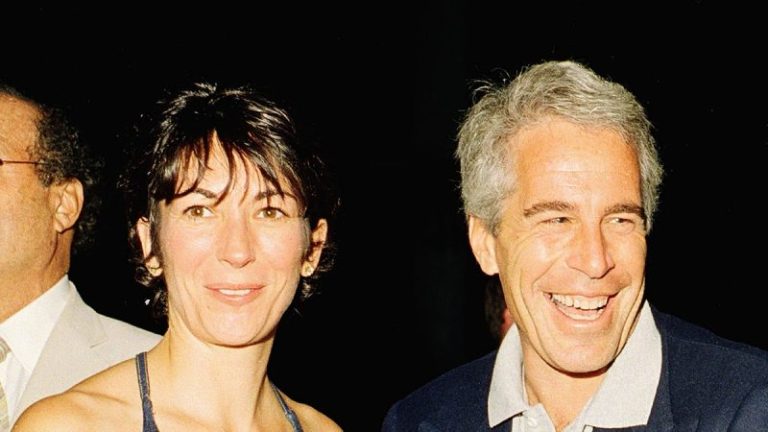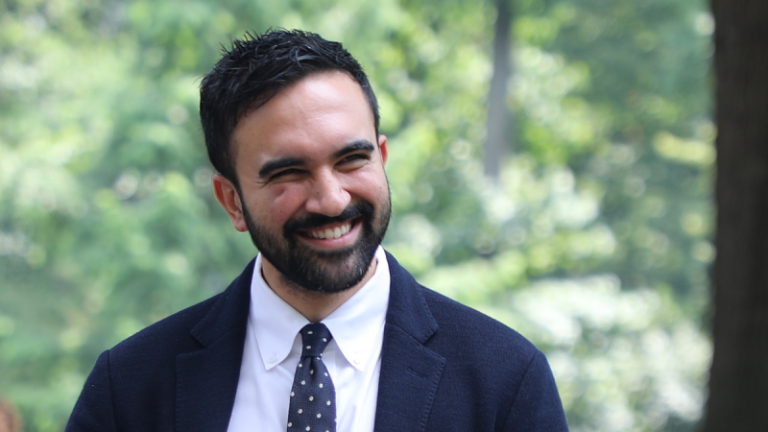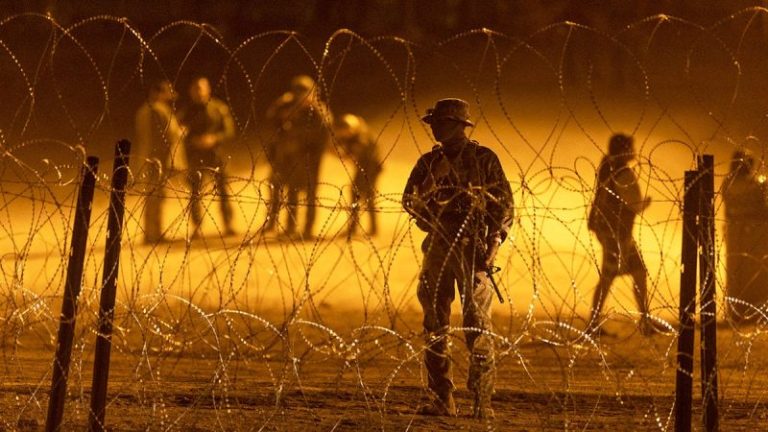Justice Ketanji Brown Jackson criticized on Thursday what she said were the ‘recent tendencies’ of the Supreme Court to side with the Trump administration, providing her remarks in a bitter dissent in a case related to National Institutes of Health grants.
Jackson, a Biden appointee, rebuked her colleagues for ‘lawmaking’ on the shadow docket, where an unusual volume of fast, preliminary decisionmaking has taken place related to the hundreds of lawsuits President Donald Trump’s administration has faced.
‘This is Calvinball jurisprudence with a twist. Calvinball has only one rule: There are no fixed rules. We seem to have two: that one, and this Administration always wins,’ Jackson wrote.
The liberal justice pointed to the Oxford English Dictionary’s definition of Calvinball, which describes it as the practice of applying rules inconsistently for self-serving purposes.
Jackson, the high court’s most junior justice, said the majority ‘[bent] over backwards to accommodate’ the Trump administration by allowing the NIH to cancel about $783 million in grants that did not align with the administration’s priorities.
Some of the grants were geared toward research on diversity, equity and inclusion; COVID-19; and gender identity. Jackson argued the grants went far beyond that and that ‘life-saving biomedical research’ was at stake.
‘So, unfortunately, this newest entry in the Court’s quest to make way for the Executive Branch has real consequences, for the law and for the public,’ Jackson wrote.
The Supreme Court’s decision was fractured and only a partial victory for the Trump administration.
In a 5-4 decision greenlighting, for now, the NIH’s existing grant cancellations, Chief Justice John Roberts sided with the three liberal justices. In a second 5-4 decision that keeps a lower court’s block on the NIH’s directives about the grants intact, Justice Amy Coney Barrett, a Trump appointee, sided with Roberts and the three liberals. The latter portion of the ruling could hinder the NIH’s ability to cancel future grants.
The varying opinions by the justices came out to 36 pages total, which is lengthy relative to other emergency rulings. Jackson’s dissent made up more than half of that.
George Washington University law professor Jonathan Turley observed in an op-ed last month a rise in ‘rhetoric’ from Jackson, who garnered a reputation as the most vocal justice during oral arguments upon her ascension to the high court.
‘The histrionic and hyperbolic rhetoric has increased in Jackson’s opinions, which at times portray her colleagues as abandoning not just the Constitution but democracy itself,’ Turley said.
Barrett had sharp words for Jackson in a recent highly anticipated decision in which the Supreme Court blocked lower courts from imposing universal injunctions on the government. Barrett accused Jackson of subscribing to an ‘imperial judiciary’ and instructed people not to ‘dwell’ on her colleague’s dissent.
Barrett, the lone justice to issue the split decision in the NIH case, said challenges to the grants should be brought by the grant recipients in the Court of Federal Claims.
But Barrett said ‘both law and logic’ support that the federal court in Massachusetts does have the authority to review challenges to the guidance the NIH issued about grant money. Barrett joined Jackson and the other three in denying that portion of the Trump administration’s request, though she said she would not weigh in at this early stage on the merits of the case as it proceeds through the lower courts.
Jackson was dissatisfied with this partial denial of the Trump administration’s request, saying it was the high court’s way of preserving the ‘mirage of judicial review while eliminating its purpose: to remedy harms.’










